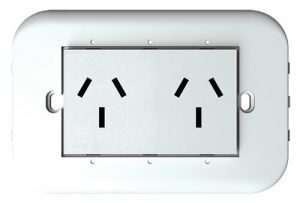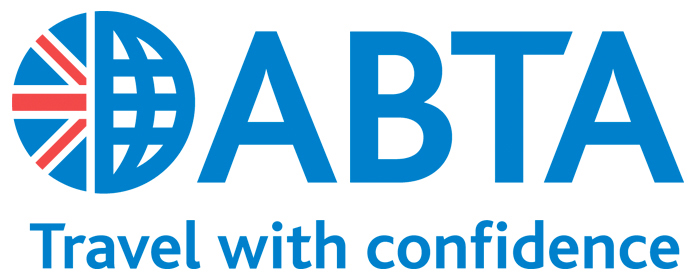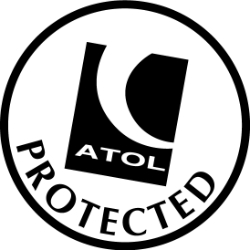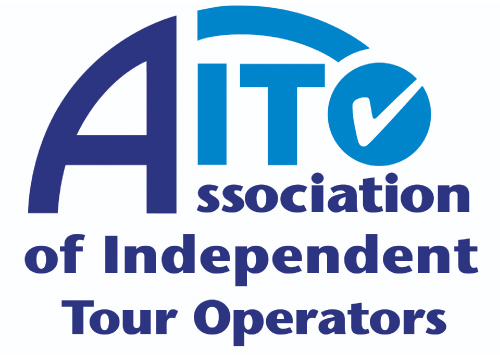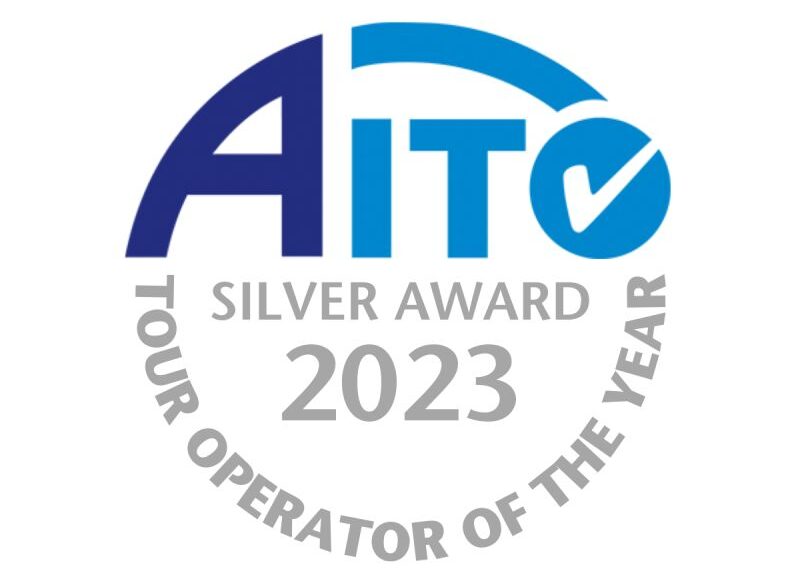Here’s our list of Travel Essentials for Argentina: visas, money, health, language, keeping in touch, and more. If you have additional questions, do get in touch. Our Argentina experts are only too happy to talk about all things Argentina travel.
Visas
Visitors from most countries including those from the UK do not need a visa to visit Argentina as a tourist. On presentation of a valid British passport you will normally be granted a 90-day stay in the country. A traveller’s passport should be valid for the proposed duration of the stay. No additional period of validity beyond this is required.
Currency
The official Argentine currency is the Peso. There are bills of 2, 5, 10, 20, 50 & 100 pesos and coins of 2 and 1 pesos and 5, 10, 25, 50 cents.
ATMs are generally available in cities but we recommend to not solely rely on these, as the exchange rates applied can be very unfavourable. If you do need to withdraw cash from and ATM and you need to find one near you, download ATM Hunter App on your mobile device to easily find ATMs around the country.
Credit cards such as Visa, Amex and Mastercard are generally widely accepted.
US Dollars and Euros are not widely accepted outside the major tourist areas. Other currencies may not be accepted except at banks & exchange houses.
There are two exchange rates in the country: the official and the ‘unofficial’. They can vary greatly often making the latter the best option. If you need to change money, we can ask the guide on your private city tour to help.
Banks generally open from 10:00am to 3:00pm, or from 7:00/8:00am to 1:00 pm in smaller towns and rural areas. Banks are closed on weekends and holidays.
Vaccinations & Health
We advise you to make a travel appointment with your local medical team for the most up-to-date and accurate information. For more information visit http://www.fitfortravel.nhs.uk
Insurance
A policy to cover theft, loss, and medical issues is a must. Please visit our page on travel insurance for further information. It is a good idea to photocopy and scan all relevant documents – passport, travel insurance policy, etc – and leave one copy at home. Carry another copy with you separate from the originals and digital versions in your smartphone. When you travel with Fleewinter, we’ll give you a handy app where you can easily store pdfs like these.
Language
Spanish is the official language, however the Argentinian Spanish is a bit different to that spoken in Spain. For example Argentinians use “vos” instead of “tu” (you) and have a very strong pronunciation of “y” and “ll” as “sh”. English and French are widely understood and if you speak a bit of Italian, this may also do you well.
Internet & Telephone
You will find free WiFi in almost all hotels, restaurants, bars and cafés. Within Buenos Aires, there are around 40 public hot spots where travellers can connect to the internet for free with unlimited use such as at Plaza de Mayo and Caminito. For more information, please click here.
If your phone is unlocked, you may wish to purchase a local SIM card.
The country code for Argentina is +54. If you are calling within Argentina from a local number, you may need to add a 0 at the start of the sequence. To dial the UK, dial +44 or 0044.
Time Difference
Generally speaking, Argentina is 4 hours behind London. Argentina determines whether to observe daylight savings time on a year-by-year basis, and individual provinces may opt out of the federal decision.
Electricity
The network in Argentina is 220V, 50 Hz and the plugs look like this:
Adapters can be bought at the airports, in hardware stores or in supermarkets.
Driving in Argentina
You will need an international driving license in order to hire a car and drive in Argentina. Driving occurs on the right-hand side of the road.
If you wish to hire a car, the following notes may be useful for you:
- Seat belts must be worn in the front seats and the back seats if belts are fitted. Children who are too small to use seatbelts must be transported in a correctly fitted child seat.
- Children under the age of 10 have to sit in the back of the car.
- The blood alcohol level limit for drink driving is 0.05% mg/ml.
- Use of low lights or luces bajas is mandatory 24 hours per day on highways and main roads.
- Mobile phones can only be used with a hands free system.
- Vehicles can only be parked in the direction of traffic flow. It is illegal to park a vehicle facing opposing traffic.
- In towns, intersections without traffic lights or signs function like four-way stops: a car approaching from your right has right of way.
- On main roads left hand turns are not allowed unless specifically stated.
Customs and Culture
Greetings and Conversation: Locals can appear quite forward to Europeans. Cheek kissing is a common greeting, even between strangers, though only on one cheek and without any lips making contact.
Swearing in Argentina is also incredibly common, so try not to take offense if you hear people swearing in conversation.
Mate: Mate is the Argentinian national drink. It’s pronounced mah-tay and is part of a social tradition that brings people together. There are special round cups with a metal straw (bombilla) used to drink mate. You will often see people sitting in a park sharing a mate. Usually, one person makes the mate and pours water in after every person drinks. They are in charge so after you finish sipping, pass the mate back to them. It is quite bitter but you may see some people add a bit of orange or other citrus to temper the taste.
Nocturnal culture: Everything in Argentina is later! If you are looking for nightlife during your stay, be prepared to go out late. Even better, have an afternoon nap to prepare yourself. Dinner is typically eaten between 9:30 and 11:30 pm, and restaurants are usually open from 8pm to 2am. Happy hours usually last until 9pm and a normal time to get to a bar is around 11pm. Clubs don’t get going until 2am, and can last until 8am in most places. Buenos Aires has some of the best nightlife in the world and is definitely worth the sleep-in on the next day!
Asados: Asados are much more than a simple barbecue for Argentinians. They are a social affair and can last for hours. The word asado refers to the technique of cooking meat on the grill (parilla) which is very important to Argentinians. A traditional Argentinian barbecue includes several different types of meat, including chorizo, morcilla (blood sausage) and other cuts of beef. The tradition comes from the Argentine cowboys – or the gauchos – who are held in high esteem.
Beef Cuts:
Bife de Lomo = Tenderloin
Bife de Chorizo = Sirloin
Ojo de Bife = Rib Eye
Entraña = Skirt Steak
Mollejas = Sweet Bread
Vacio = Flank
Chorizo = a thick pork sausage, not spicy but can also contain beef
morcilla= blood sausage
Matambre (can be pork or beef).
How to Order Steak:
Vuelta y Vuelta: The meat barely touched the pan – blue and bloody.
Jugoso = medium rare
A Punto = Medium, still a bit pink in the middle but not so juicy
Bien cocido: well done.
NB – it is not recommended for children to eat rare steak in Argentina, ask for it “bien cocido” for the little ones!
Tipping
Tipping in Argentina is not mandatory in most situations, but in restaurants and hotels it is common to tip between 10-15%. Taxi drivers usually don’t expect to be tipped unless they perform an extra service like carrying your luggage.
Safety
Argentina is generally a safe country to travel and among the safest ones in all of Latin America. Most crimes in Argentina are in the form of petty theft, pick pocketing and bag snatching. Tips: keep your passport, air tickets and cash in your hotel safe. Carry a copy of your passport and small change. Do not walk on lonely streets or parks at night. When you need a taxi, hail one that has the words ‘radio taxi’ on the top of the car and a logo on the sides and rear of the vehicle as these are licensed metered taxis. Avoid unmarked vehicles as the drivers may not be affiliated with any entity or business that could help in the event something goes wrong.
